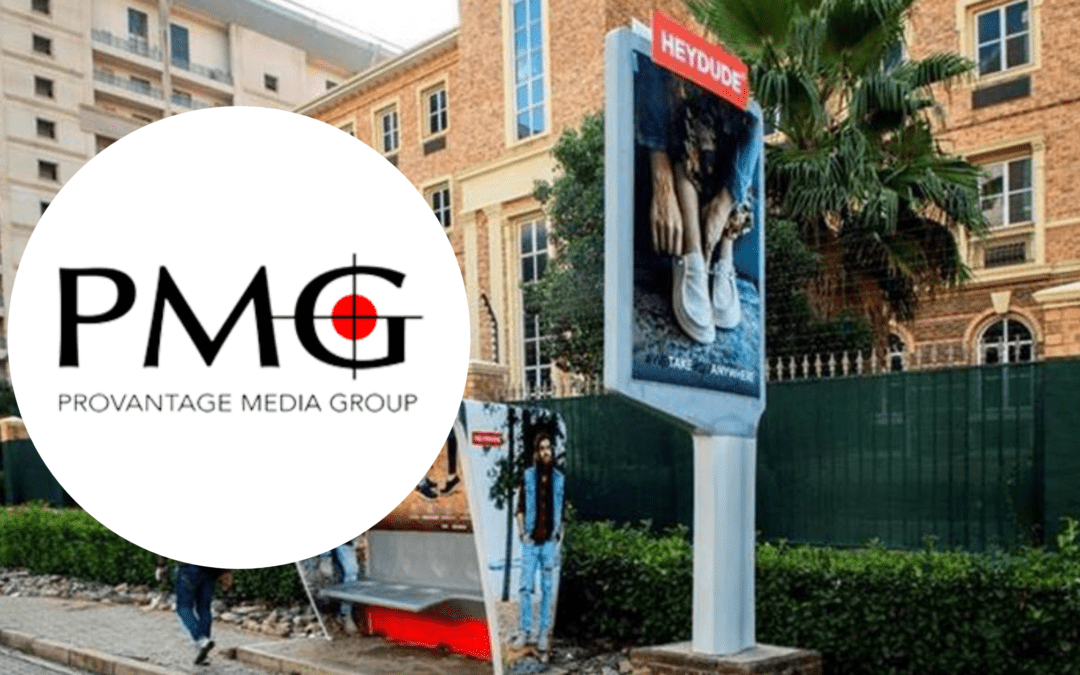It’s well understood that advertising close to the point of sale, drives purchasing decisions. Street furniture is effective because it dominates in suburban areas, whilst zoning regulations preclude billboards and other OOH media types. What this means to advertisers is that street furniture reigns supreme in the suburbs, making it the ideal OOH format to reach consumers close to their homes, schools and shopping centres, intercepting them on their path to purchase.
Agencies sometimes overlook street furniture advertising as a big campaign platform. John Faia, General Manager at Street Network, argues that changing commuter patterns and access to consumers makes street furniture effective and affordable for brands.
The power of street furniture, by the numbers
Research shows just how effective street furniture is at making an impact and driving consumer behaviour: TGI 2020C (TGI 2020C; Recall seeing an add on Street Furniture: Universe size 7,8m; Sample Size: 8 422) notes that 85% of those who recall OOH, recall an advertisement on street furniture. And, having noticed it, 43% have gone to the store to buy a product – 24% of these immediately, and 76% later on.
Moreover, 39% of OOH viewers noticed an advertisement providing directions to a specific store, business or restaurant location; 20% of OOH viewers have visited a business immediately after seeing a directional OOH ad, and 74% of those visitors made a purchase.

Street furniture plays an integral part in urban space design
The last decade has seen a worldwide shift in the design and construction of urban spaces, emphasising the importance of public areas amongst communities.
Street furniture plays an important role, helping to make these spaces attractive, sociable, inclusive and safer. For example, bus shelters and benches encourage people to rest and interact with others and provide pedestrians with a safe haven against the elements. Litter bins help keep outdoor areas clean and tidy.
This will gain momentum with the establishment of smart cities and as communities become better connected, there will be an increase in multi-functional street furniture. The integration of technology offers new and useful possibilities such as bus schedules that provide a real time ETA and street lights that dim and or brighten in response to foot traffic.
Word on the street drives people online
Street furniture advertising is also effective in getting people online. According to TGI 2020C, 56% of South Africans who see an advertisement on street furniture, have taken action online, for example, by interacting with the brand on social media, accessing a coupon or scanning a QR code. Globally this metric sits at 48%, indicating that South Africans are more comfortable engaging in this manner. More specifically: 39% researched a product on a mobile phone; 39% downloaded an app; 38% used their mobile phone to make a purchase; 38% researched a product online and 37% purchased a product online.
Given these figures, there’s an undeniable opportunity to link mobile out of home (MOOH) with street furniture campaigns.
Moreover, changing commuter patterns mean that its importance within a campaign will keep growing. Commuter patterns are changing: People are moving about in smaller areas and taking shorter trips. The pandemic forced us to adapt to working from home, and now the genie is well and truly out of the bottle: while many people have returned to the office, a substantial number continue to work from home.
This affects when and where people shop, as commuters who would previously have stopped at shops on their daily commute to and from work, will instead shop closer to home.
At the same time there is a growing drive to support local businesses, further encouraging this trend and reinforcing the buying power of local communities.

Big brands benefit from street smart advertising campaigns
Stringent suburban by-laws preclude other media types from entering these spaces whilst street furniture offers an impactful way to reach audiences where they eat, shop, play and stay.
The moral of the story is that street furniture offers an effective OOH platform for larger scale brand campaigns – especially as the need for hyperlocal strategies grow, thanks to changing commuter patterns.
Hyper-location strategies offered across three areas:
• In the suburbs: engage difficult-to-access affluent audiences where they live, work and shop.
• In the city: connect with influential audiences with high spending potential as they are most receptive to visual messaging.
• On the streets: put your brand in front of the ever-growing urban middle market during their commuting journey.
By:
PROVANTAGE MEDIA GROUP
www.provantage.co.za

